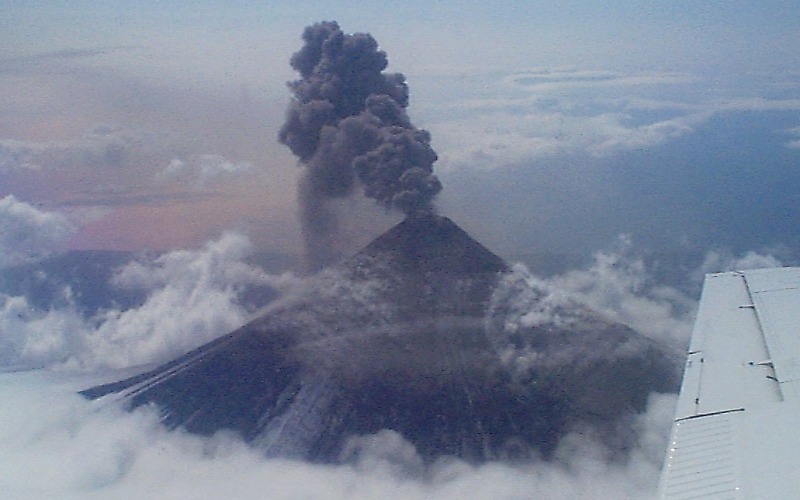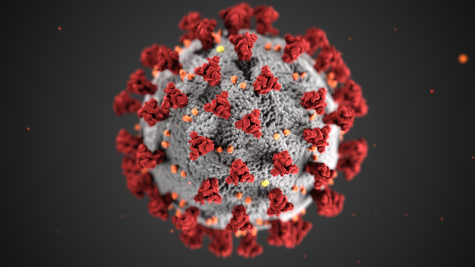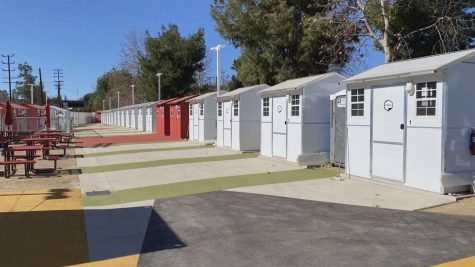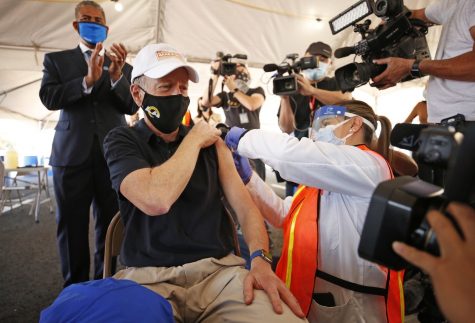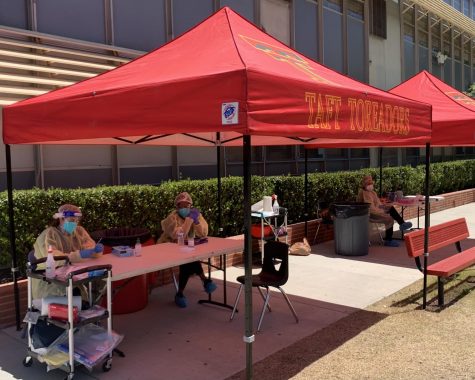Alaska Volcano Spews High Ash Cloud
Eruption in 1989
February 10, 2020
An Alaska volcano, named Shishaldin volcano, has shot ash about 8km into the sky on Sunday (January 19). According to officials, due to the ash, it triggered a warning to aviators and had dusted a small fishing village. This volcano is known to be one of the most active volcanoes in Alaska. Satellite imagery from the volcano detected that it kicked out a plume of ash and was as high as 8,535m above sea level, says the Alaska Volcano Observatory. The Alaska Volcano Observatory is a joint federal-state-university office that keeps track of the state’s volcanoes. The plume of ash was said to have stretched about 145km, which blew east and over the Gulf of Alaska. There has been a sprinkling of ash in the Aleutian village of False Pass, about 37km northeast of Mt. Shishaldin. Due to the sprinkling of ash, Mr. David Fee (the observatory’s University of Alaska Fairbanks coordinating scientist) has reported that a windshield was covered in ash. Ash on one’s windshield would cause a distraction and keep them from focusing on the road. The observatory has also said that a stream of red-boiling lava was seen pouring out of Mt. Shishaldin’s caldera (large volcanic crater) on Sunday. The Shishaldin volcano has produced ash before, but it was only a small amount. This time, it produced more than normal, which led to that code red warning for air traffic to avoid the area. In order for the people to be up to date with the active volcano, it is monitored by local seismic infrasound sensors, satellite data, web cameras, telemetered geodetic network, and distant infrasound and lightning networks.
Mt. Shishaldin is located near the center of Unimak Island and is a symmetrical cone about 16km in diameter at the base. Its mountain rises to a summit 2857m above sea level and is the highest peak in the Aleutian Islands. The mountain has a small summit crater from which a cloud of steam is emitted. The top of the mountain is covered by perennial snow and ice. Shishaldin’s cone is on a glacially eroded remnant of an ancestral soma and shield.
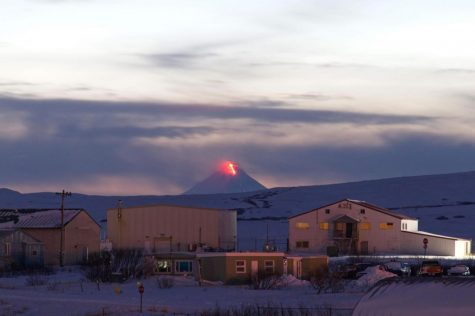
There are many reasons why living near a volcano is dangerous, but since Shishaldin has been active lately, the residents near it have to be on the lookout. Lava from the volcano can put people’s lives in danger and burn anything in its path. The rock and material fragments that are emitted from the volcano travels many miles, which may result in impact-related death and serious destruction. Most of the time ash clouds occur, and when they do it isn’t healthy for the residents due to the toxic chemicals. Volcanoes release ash, gas, and magma into the air which is what the toxic chemicals come from. Volcanoes are unpredictable, which is why the people living near them need to be up to date with the latest news and why they need to learn more about them.


